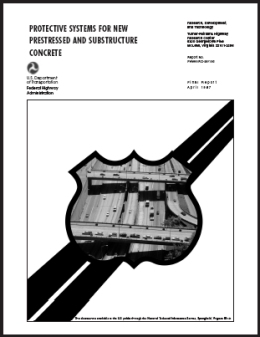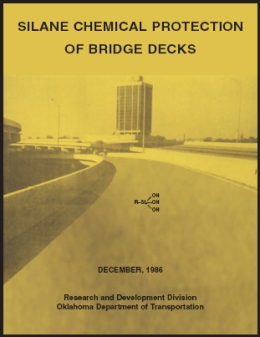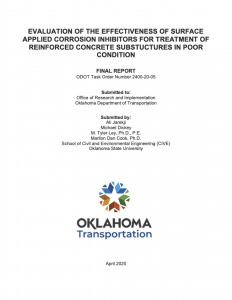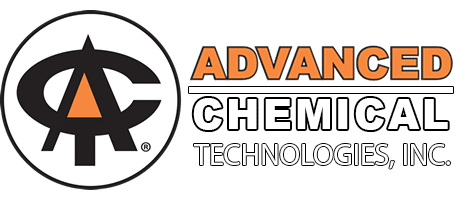FHWA/DOT Silane studies
Protective systems for new prestressed and substructure concrete

Source: The National Academies of Sciences – Engineering – Medicine
Transportation Research Board
https://trid.trb.org/view.aspx?id=280862
After exhaustive testing by the U.S. Department of Transportation Federal Highway Administration, the final report on silane treated concrete specimens left no questions unanswered. This data showed that the silane treatment stopped essentially all ingress of chlorine-laden water to ½ inch or more depth. None of the silane treated specimens developed any corrosive activity. Naturally no corrosion would be anticipated under those conditions and when the steel bars were examined there was no corrosion.
For full report contact Advanced Chemical Technologies, Inc.
Oklahoma department of transportation

https://trid.trb.org/view.aspx?id=740745
A field test of 245 bridge decks in Oklahoma’s wide ranging and rapidly changing weather conditions was impressive. After a ten year evaluation of 137 existing bridges and 108 newly constructed bridges the Oklahoma Department of Transportation study concluded on all the silane treated bridge decks evaluated the chloride content at the re-bar level remained below two-and-a-half pounds per cubic yard. All bridge decks had received moderate to heavy salt applications during the winter months. After a full decade of tests involving the first bridge deck ever treated with silane, the Oklahoma report was very specific, the treated deck no post treatment spalling or scaling, ten years later, but the bridge was spalled severely in one area of the untreated deck.
For full report contact Advanced Chemical Technologies, Inc.
Oklahoma department of transportation

https://trid.trb.org/view.aspx?id=174641
https://onlinepubs.trb.org/onlinepubs/nchrp/nchrp_rpt_244.pdf
After testing 21 products the Transportation Research Board – National Research Council gave poor grades to such commonly used products as Siloxanes, Stearate Siliconates, Silicates, Urethanes, Butadienes, Chlorinated Rubber, Epoxies, Polysulfide Epoxies, and Linseed Oil. Whereas the silane treatment received high marks. It was the only product tested which penetrated below the surface, and did not discolor the test samples as well as the only product that worked regardless of whether the test samples were cracked.
For full report contact Advanced Chemical Technologies, Inc.
Oklahoma department of transportation

Oklahoma State University’s most recent study for ODOT regarding corrosion inhibitors by the School of Civil and Environmental Engineering. (CIVE) This study shows the effects of silane-based corrosion inhibitors applied to concrete test samples. Once the silane penetrates the concrete sample, the concrete sample is cracked using horizontal, flat, or vertical cracking methods.
For full report contact Advanced Chemical Technologies, Inc.
